 | Euclid, Charles Peter Mason - Geometry - 1872 - 216 pages
...supposition which led to this impossibility must be absurd. That is, it is absurd to suppose that, on the same base, and on the same side of it, there can be two As, having the sides terminating in one extremity of the base equal to one another, and... | |
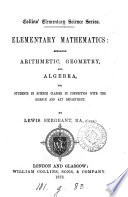 | Lewis Sergeant - 1873 - 182 pages
...— Hence it follows that an equiangular triangle is also equilateral. Proposition 13. — Theorem. On the same base, and on the same side of it, there cannot be two triangles having tlie sides terminated by one extremity of the base equal, and also the sides terminated by the... | |
 | Henry Evers - 1874 - 216 pages
...figure that cannot alter its form without altering the length of its sides. It is Euclid I., 7. " Upon the same base, and on the same side of it, there cannot be two triangles which have their two sides terminated in one extremity on the base equal, and likewise those terminated in the other... | |
 | Edward Atkins - 1874 - 426 pages
...COROLLARY. — Hence every equiangular triangle is also equilateral. Proposition 7. — Theorem. Upon the same base, and on the same side of it, there cannot be two triangles that have their sides, which are terminated in one extremity of the base, equal to one another, and... | |
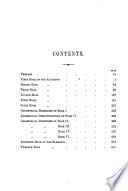 | Euclides - 1874 - 342 pages
...angles, &c. QED Cor. Hence an equiangular triangle is also equilateral. PROPOSITION 7. — Theorem. Upon the same base, and on the same side of it, there cannot be two triangles that have their sides which are terminated in one extremity of the base, equal to one another, and... | |
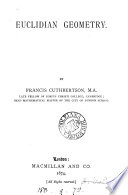 | Francis Cuthbertson - Euclid's Elements - 1874 - 400 pages
...CX=AB;. .-. CZ=AB. .-. from CDa. part CZhas been cut off = AB. THEOREM (r). Upon the same base and upon the same side of it there cannot be two triangles which have their conterminous sides equal. For if it be possible upon the same base BC and on the same side of it let... | |
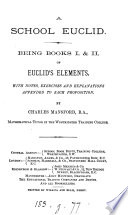 | Euclides - 1874 - 120 pages
...sides BA, CA do not coincide with the sides ED, FD, but have a different situation as EG, FG; then on the same base and on the same side of it there will be two triangles having their sides which are terminated in one extremity of the base equal to... | |
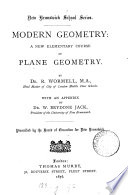 | Richard Wormell - 1876 - 268 pages
...28 3. From the greater of two given straight lines to cut off a part equal to the less. 28 7. Upon the same base and on the same side of it, there cannot be two triangles that have their sides terminated in one extremity of the base equal to one another, and likewise those... | |
 | Henry Major - 1876 - 784 pages
...From its provisions show what were the chief abuses of the Government under the Plantagenets ? 1. Upon the same base, and on the same side of it, there cannot be two triangles that have their sides which are terminated in one extremity of the base, equal to one another, and... | |
 | Edward Atkins - 1876 - 130 pages
...CE — DB. /ADC. BDC> VCD. ^BCD. ZBDC = and> /BCD. i KCD = (. t'DC. Proposition 7. — Theorem. Upon the same base, and on the same side of it, there cannot bs two triangles tJiat have their sides, which are terminated in one extremity of the base, equal to... | |
| |